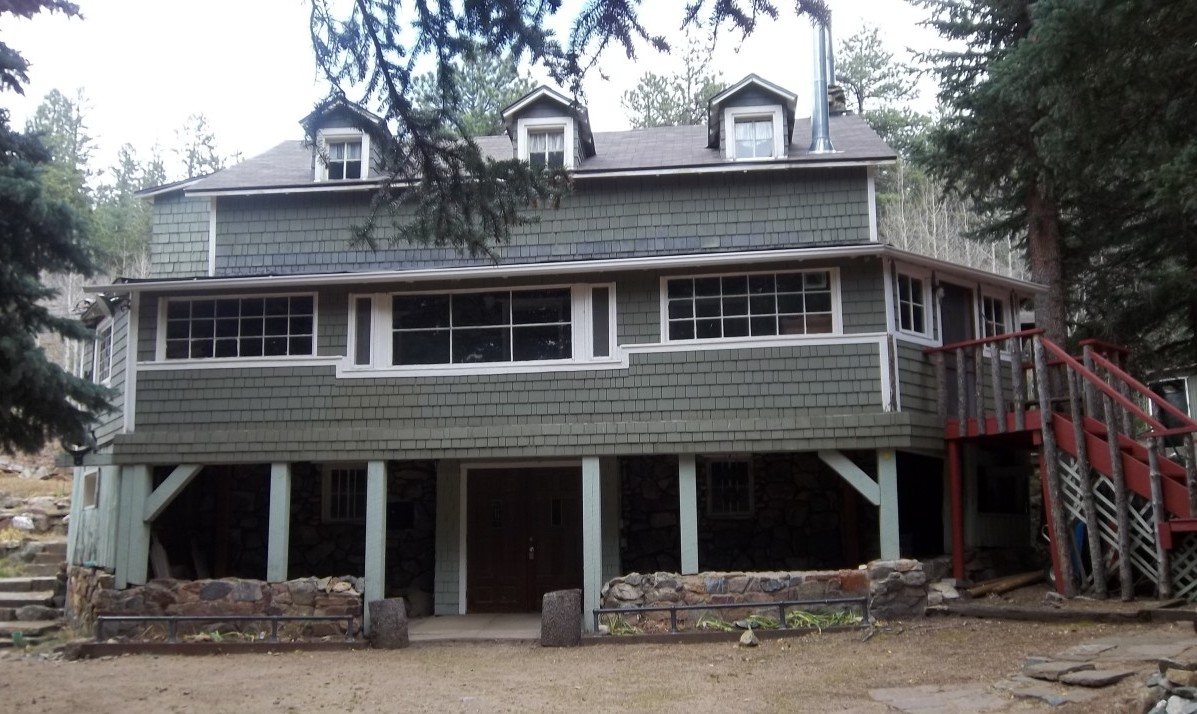Story
More Than Just a Piece of Paper
Why the Winks Lodge National Register Amendment Matters
RACE: Are We So Different? may not be here at the History Colorado Center any longer—the exhibit, which was produced by the American Anthropological Association left on January 4—but that doesn’t mean we’re done talking about race and its implications. Race is always a topic of discussion in the United States and the world, for that matter, particularly within the last year, and as a history organization, it’s part of who we are to think and talk about how our country’s ever-changing cultural attitudes affect how we see and preserve the past. Indeed, there’s no better time to continue the conversation than on Martin Luther King, Jr. Day.
Every year on a day in mid-January, our country reflects not only on the life and work of the Civil Rights Movement’s most inspiring leader, but also on how we are honoring that legacy today. How are we acknowledging the history, both dark and uplifting, of race relations in our country? One way is by studying and preserving the places that tell those stories.
During the mid-twentieth century, African Americans didn’t have a lot of opportunity to escape the daily turbulence of racial tensions—segregation denied them a stay at white society’s hotels, resorts and vacation spots. That’s why a group of Denverites bought land in Gilpin County and built Lincoln Hills, a resort community in the mountains where African Americans could free themselves, if only for a little while, from the turmoil of a racist society.
From 1925 through 1965, Lincoln Hills welcomed innumerable African-American men, women and families. For many years, Lincoln Hills was the only African-American resort community west of the Mississippi River, so it’s no surprise that it also hosted myriad artists and musicians, many of whom would excitedly pop up to the mountains after performing in Denver’s Five Points. Duke Ellington, Count Basie, Lena Horne, Zora Neale Thurston, and Langston Hughes all spent time at Lincoln Hills.
At the center of Lincoln Hills was Winks Lodge, where guests who weren’t staying in one of the nearby smaller cabins could eat, sleep, and spend time together. In 1980, Winks Lodge (known also as Winks Panorama) was listed on the National Register of Historic Places for its national significance. In 2014, an amendment was added to the National Register listing for the property, including a boundary expansion of the Winks Lodge property and an elevated level of significance.
So, what? What does elevated level of significance even mean? And why does it matter that a property boundary was increased?
Sure, it sounds like just a lot of paperwork, but it’s much more than that. Expanding the boundary of the property within the documentation in the National Register means that even more of the Lincoln Hills resort community is being acknowledged and deemed “historic,” which not only honors the breadth of the site’s history and physical property, but also opens up more of the site for funding opportunities to preserve the monumental establishment.
But more importantly, until 2014, Winks Lodge was listed as significant only to Colorado history. The 2014 update provides extensive research that demonstrates Winks Lodge is not only important to Gilpin County and not only important to Colorado—it’s significant to the history of the entire country, and now the US Department of the Interior, the National Park Service, and the National Register program collectively acknowledge, promote and honor that significance.
The documentation in a National Register listing may seem inconsequential, but each step we take in preserving more of this legacy is a step in the right direction to honoring the history of all Americans in all corners of the country.
Read more about Lincoln Hills and Winks Lodge, and stop by the Lincoln Hills exhibit at the History Colorado Center to immerse yourself in the history of African Americans in Denver during segregation.
Colorado Experience: Lincoln Hills

